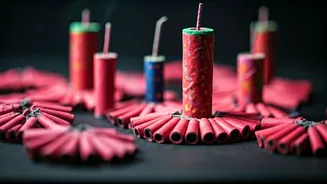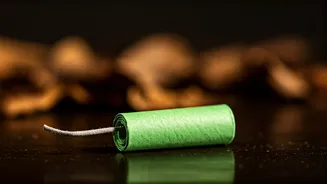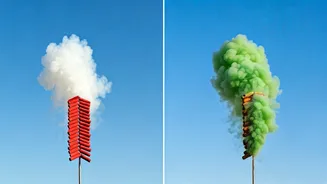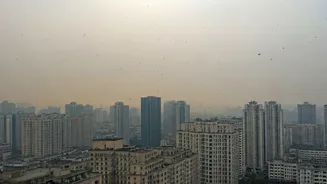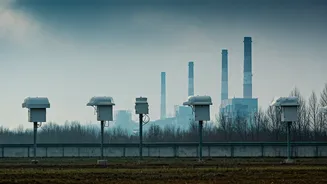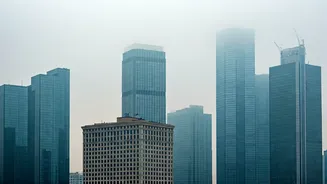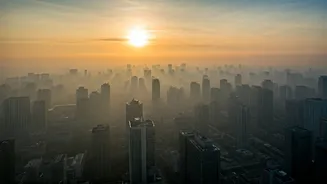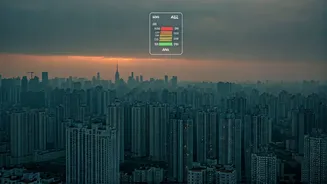Understanding Green Crackers
Traditional firecrackers release a cocktail of pollutants, contributing to air and noise pollution. Green crackers were introduced as a response to this
problem. They are designed to minimize emissions by using different chemical formulations. The key is in the ingredients; they often avoid or reduce chemicals like sulfur and potassium nitrate, which are major contributors to pollution. Instead, they might use alternative compounds that burn at lower temperatures or produce less harmful byproducts. These changes aim to lower the amount of particulate matter, which is harmful to the air we breathe. Despite being termed 'green,' it's important to understand that these crackers are not entirely pollution-free but are meant to be a step towards a less damaging alternative.
Chemical Composition Differences
The main difference between traditional and green crackers is the chemical composition. Traditional crackers often contain a mix of sulfur, potassium nitrate, and charcoal, which when burned, release harmful pollutants. Green crackers are formulated to minimize these. One common approach involves using binders and additives to control the reaction and reduce emissions. For example, some green crackers may use less polluting chemicals and sometimes utilize water-based binders to suppress dust. Other methods include using formulations that reduce the release of toxic gases. The ultimate aim is to create a combustion process that is more efficient and produces fewer harmful pollutants. Specific formulations are often proprietary, but the underlying goal is always to reduce the environmental impact of fireworks.
Emission Reduction Explained
The goal of green crackers is to reduce emissions, specifically particulate matter (PM2.5 and PM10), sulfur dioxide, and nitrogen oxides. PM2.5 and PM10 are tiny particles that can penetrate deep into the lungs and cause respiratory problems. Sulfur dioxide and nitrogen oxides contribute to acid rain and other environmental issues. Green crackers achieve emission reduction through their chemical composition and combustion process. Some types of green crackers use additives to absorb pollutants or reduce the temperature of the reaction, which lowers the amount of harmful emissions. The effectiveness of green crackers in reducing emissions can vary depending on the specific formulation. While they may not eliminate pollution entirely, they represent an improvement over traditional firecrackers. Continuous research and development are helping to improve these products further.
Environmental Impact Context
The environmental impact of firecrackers has become a significant concern, especially during festivals like Diwali. The emissions from traditional firecrackers contribute to poor air quality, posing risks to public health and the environment. The use of green crackers represents a step toward mitigating these negative effects. By reducing the emissions of harmful substances, these crackers help improve air quality during peak pollution times. However, the environmental benefits of green crackers are still under debate, and their impact varies depending on factors like the specific type of cracker, usage, and environmental conditions. The transition to green crackers is part of a broader effort to make celebrations more sustainable. While green crackers offer a less harmful alternative, it's important to remember that complete elimination of pollution is challenging, and responsible use, along with other measures, is crucial for minimizing environmental impact.
Beyond Green Crackers
While green crackers offer an improvement over traditional ones, there are additional steps that can be taken to minimize the environmental impact of Diwali celebrations. Promoting awareness about the harm caused by pollution is crucial. Reducing the overall amount of firecrackers used, regardless of type, is also important. Further, embracing alternative ways of celebrating, such as using lights, decorations, and community events, can add to the festive spirit while limiting environmental damage. Supporting and encouraging stricter regulations on the manufacturing and sale of firecrackers can also help to ensure the availability of less-polluting options. Implementing these multiple strategies can work towards promoting more environmentally responsible celebrations.
